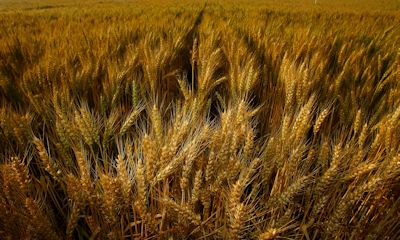June 28, 2016

Taking part in helpful government programs usually means paperwork, and sometimes plenty of it, yet that's changing. Key agencies like the Farm Service Agency and the Risk Management Agency require annual reports of all cropland use on your farm, trouble is farmers and ranchers have entered the same basic common information from their acreage reports at these two different places.
"No longer," says Bruce Nelson, state executive director, Montana FSA. "Now, farmers and ranchers can provide the common information from their acreage reports just once - either to FSA or to their crop insurance agent - and that common information will be securely and electronically shared with the other."

USDA fine-tunes acreage reporting - enter data into the system once. But you still have to visit the FSA and RMA offices to sign off. Effort aims to reduce errors and make sign-ups simpler. (Photo: David McNew/Getty Images)
He explains that this new process is part of USDA's Acreage Crop Reporting Streamlining Initiative, which is an interagency collaboration to simply collection of common information to better service farmer customers.
USDA has been at work for the past seven years implementing new ways to help farmers and ranchers conduct business more efficiently and effectively. "Instead of farmers and ranchers juggling 54 acreage reporting dates with RMA that covered 122 crops, or 17 acreage reporting dates for FSA covering 273 crops, USDA established 15 common acreage reporting dates," Nelson explains. "These improvements, coupled with filing your common acreage report information in just one place, will not only save you time, but increase the accuracy in your crop reporting data."
More than 93% of all annual reported acres to FSA and RMA are now eligible for common data reporting, and USDA is exploring adding more crops.
Nelson emphasizes that you still need to visit both offices - FSA and RMA - to validate and sign the respective acreage reports, complete maps or provide program-specific information - the first-filed acreage report will now be available to pre-populate and accelerate completion of the second report. This eliminates redundant reporting. USDA is working to build on the framework.
"In fact, already we anticipate that some insurance providers will allow reporting to include precision agriculture geospatial data from a producer's planter along with regular crop and acreage information," Nelson adds. And he says third parties may begin designing electronic tools to assist with the reporting, which will further innovate the process.
Source: Montana FSA
You May Also Like




